If you’ve been wondering what the best safety tips for hiking with kids are, then look no further!

I spent my childhood and young adulthood exploring the outdoors. After having my older daughter, I desperately wanted to hike again but I was completely consumed by anxiety about doing so. The majority of the time, my daughter and I were alone, which meant that I needed to be ready to head out on a hike as the sole parent and decision maker. I set out on a project of learning absolutely everything that I could about safety and preparedness when hiking with children as a way to build my confidence in myself and understand the skill sets that I’d need as the sole parent.
While studying all of this valuable information, I realized that the process of being prepared for hiking with kids goes far beyond just being ready to take care of them. The act of modeling safety and preparedness for our children when out in the wilderness is one of the best things we can do to try to ensure their safe travels through life. Children will repeat what they see us do, not necessarily what we say. We need to model safety habits for our kids to carry with them for life.
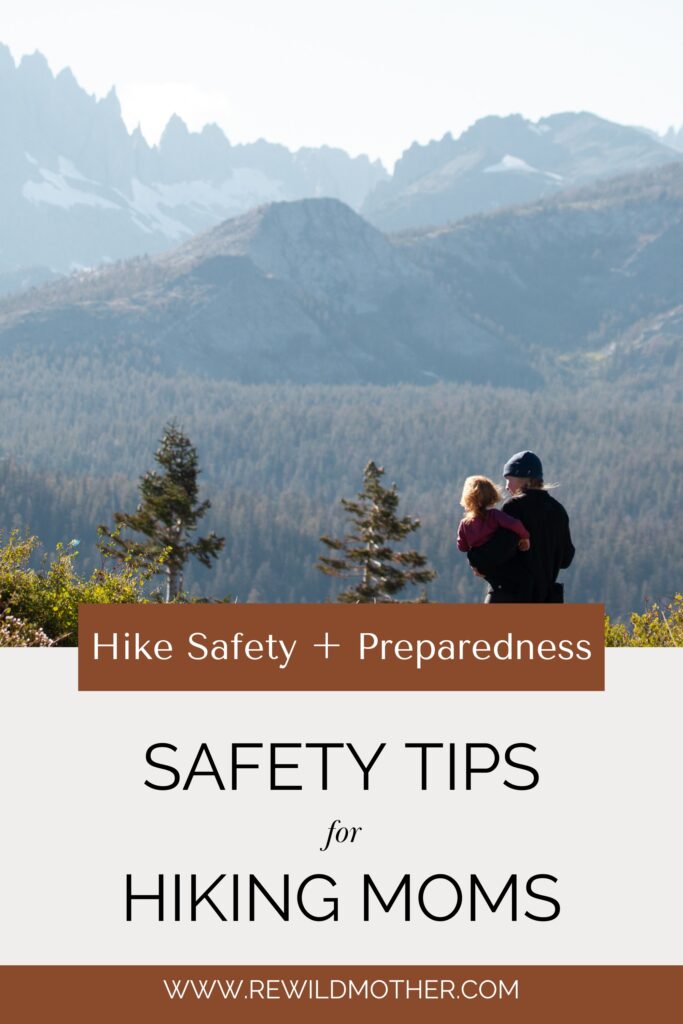
Here are some of the most important hike safety tips to brainstorm on before heading out on your next hike with your kids:
1. ALWAYS TELL A TRUSTED FRIEND OR FAMILY MEMBER WHERE YOU WILL BE HIKING AND WHAT TIME YOU EXPECT TO BE FINISHED.
This way, if you do not check in with this person around the time that you should be expected to, they can already be on alert to make sure you return safely. If they get in contact with you, they can confirm that you’re ok and running behind schedule. If they can’t get in contact with you, they can send help as quickly as possible. I routinely follow the stories of Search and Rescue organizations, in California mostly, and I have noticed that the vast majority of the time, a missing person wasn’t reported missing for DAYS because no one knew at first that they hadn’t returned from a hike as planned. Every extra hour on the trail that a hiker is stranded unexpectedly MATTERS. Staying the night in the wilderness when you aren’t prepared with proper warmth, fire, food, water, protection, etc, is an extreme situation where you need to be rescued as fast as possible. The only way to try to guarantee that you will be rescued as fast as possible is to have someone back home ready to help if they don’t hear from you.
Ways to do this:
Pick your trusted person (or 2 people) and ask them to be your Hike Safety Contact:
“Hi _____! In an effort to keep hikes with my kids as safe as possible, can I ask you to be my Hike Safety Contact? This means that before every hike we do, I’ll text you where we are at, what our plan is, and when we should be expected to return. After we’re finished hiking, I’ll send you a text that we’ve safely returned. However, if you don’t hear from me after I should have returned and if you can’t get in contact with me, please send rescue services to my location.”
I suggest following this protocol for EVERY SINGLE HIKE, even the “little and easy” ones. Here’s why:
- You will always stay in the habit of telling someone where you are.
- You will show your kids that following safety guidelines all the time is very important.
- Even the “little and easy” hikes can have something go wrong (like a natural disaster, animal encounter, interaction with a dangerous person, injury that prohibits further movement, etc)
Another way to share your location with your Hike Safety Contact is to use the Strava app to track your hike location and send your contact your beacon.
I’ll start by saying that I don’t recommend relying on the Apple “Share My Location” service due to the fact that it may not have the most detailed wilderness map information. I can’t confirm that for certain, but I can say that I trust Strava to be more accurate.
In the Strava app, you can set up the service to sent out a text before every hike with your beacon location so your contact can track your location. This is extremely helpful because if you do lose cell service and no one can get in contact with you, your Hike Safety Contact will have your exact last known location in their strava app, along with details about the route that you had hiked prior to losing contact. This is extremely helpful for rescue services to know.
Here’s how you do this:
- Download the Strava app
- Set up a profile (there are both free and paid subscription options available)
- Settings > Beacon > Toggle ON “Beacon for Mobile” > Edit Safety Contacts > Add in your Hike Safety Contact(s)
- Every time you start hiking, open the Strava app and tap Record > Start
- At this time, a box should pop up asking you if you want to send your Beacon as a text to your Hike Safety Contacts > Select “Send Text” > Then send as a regular text message.
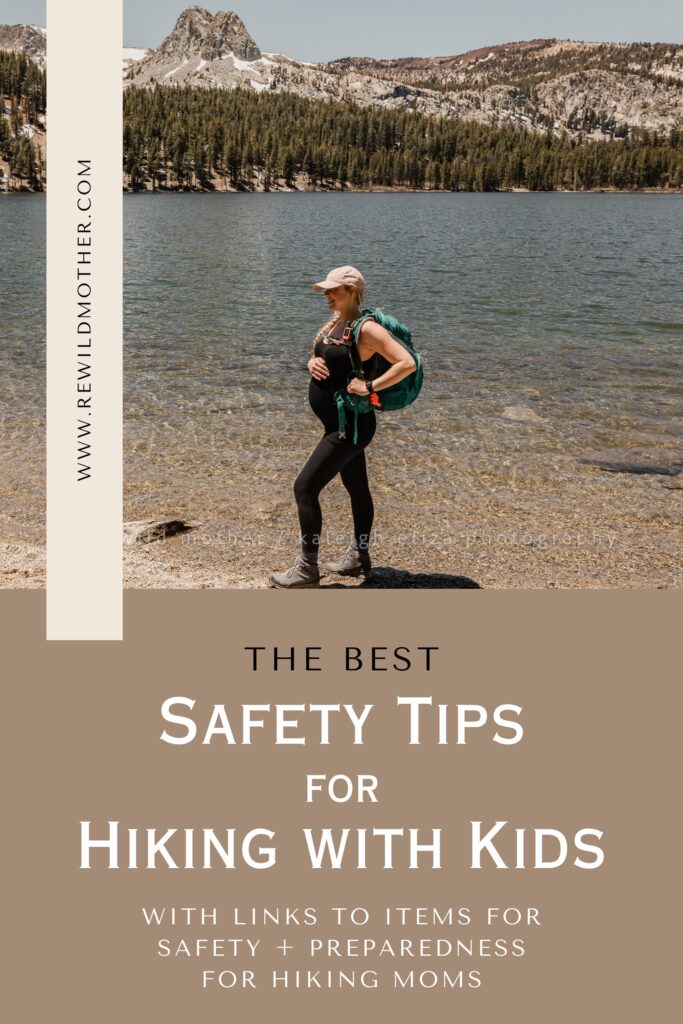
2. ALWAYS STAY ON THE TRAIL. HERE’S WHY:
- Exiting the trail could lead to losing track of where you came from and result in getting lost and disoriented.
- You could come in contact with poison oak, poison ivy, and other poisonous plants, as well as ticks.
- You could encounter animals of concern, especially snakes (here in CA, we almost always have rattlesnakes that are a possibility on the sides of trails). The farther off the trail you go, the more possibility for animals of concern: raccoons, coyotes, mountain lions, bears, etc, all of the animals that make a home in the wilderness area that you are hiking in.
- Going off the trail can lead to unstable ground, either a cliffside with a large drop, or rocky/unsteady ground that could lead to a rolled ankle, etc.
3. ALWAYS RESPECT WILDLIFE.
Avoiding wildlife encounters (even with the little “cute” animals) is very important to maintaining a safe hike. It is so important to remember that wild animals are WILD and can be unpredictable in how they quickly act defensively if they feel threatened.
Additionally, it is an extreme disservice to wild animals to encourage them to feel comfortable around humans and/or to feed them human food. If a wild animal is routinely conditioned to not avoid humans, they can face a number of scenarios that would put them directly in harm’s way:
- Straying from wild areas to urban areas, crossing streets, getting hit by cars
- Approaching a dangerous person that would intentionally cause them harm
- Acting defensively towards a human that they felt threatened by which could result in them being put down for being aggressive
4. MAINTAIN SITUATIONAL AWARENESS THROUGHOUT THE WHOLE HIKE.
This means to:
- Pay attention to changes in weather conditions
- Notice all of the people that pass by and/or are hiking near you. Is there anyone exhibiting concerning behaviors?
- Always gauge how you feel and listen to your gut instinct/intuition. Sometimes we mamas just have an inner knowing that something isn’t right. Trust yourself and pay attention to your intuitive clues. Remember, you already have innate wisdom for keeping your children safe.
- Keep your ears listening and eyes searching for clues that concerning animals are nearby. Don’t block your hearing with headphones. Keep your eyes out for fresh tracks and scat of animals that you would not want to encounter (mountain lions, bears, moose, etc). Know exactly what to look for and how to respond to that scenario with your kids in tow.
To learn more about how to respond to a mountain lion encounter while hiking with your kids, check out my recent article here.
5. ALWAYS HIKE WITH A BACKPACK OF ESSENTIAL ITEMS. BE PREPARED!
While we always hope for the best, and most times we don’t encounter any issues on the trail, it is still extremely important to hike prepared every single time. Not only does this continually keep you in the habit of being prepared, but it also teaches your children through your good example.
The fact is, it is always possible to run into unexpected issues, such as:
- the hike taking way longer than expected (resulting in hiking during dusk, needing more water/food, etc)
- experiencing an unpredicted change in weather
- needing to respond to a situation on the trail that required first aid, small scale rescue efforts, navigation reroute, animal encounter, etc.
If you’re wondering what items are needed to pack when hiking with kids, check out my blog post here:
In addition to the essential items listed in the blog post above, make sure to have:
- Enough water for everyone
- Sustenance/snacks
- Clothing layers
- First aid
- Light source(s)
- Navigation
How much water should be brought on a hike?
A general rule for how much water to pack for a hike is: One half liter per hour (or per mile) of moderate activity. This amount can (and should) be increased depending on:
- Difficulty of activity
- Weather / hot temperatures
- Your personal need for more water than average
*Please also keep in mind that if you are bringing your dog along with you, they also need this same amount of water packed, if not more!
The fact is this: Yes, large quantities of water can quickly add weight to your pack, but it absolutely isn’t something you want to run out of on the trail. Personally, if I ever return from a hike with little or no water left in my pack (or in my child’s pack), I take it as a warning that we need to pack more next time.
Additionally, I love packing LMNT hydration packets. I even throw in a few extra to give out to passing hikers if I were to come across someone who might need an electrolyte boost (I’ve handed them out before and I’m so glad I was able to help!)
I hope the information and suggestions in this article inspired a brainstorm about new safety habits to implement while hiking with your kids. If you found this article helpful, be sure to drop your email below so you don’t miss out on more tips about exploring the great outdoors with kids!
Lastly, if you’re looking for a community of outdoorsy moms, head over to my Instagram @rewildmother, where we chat daily!
xx,
Kaleigh
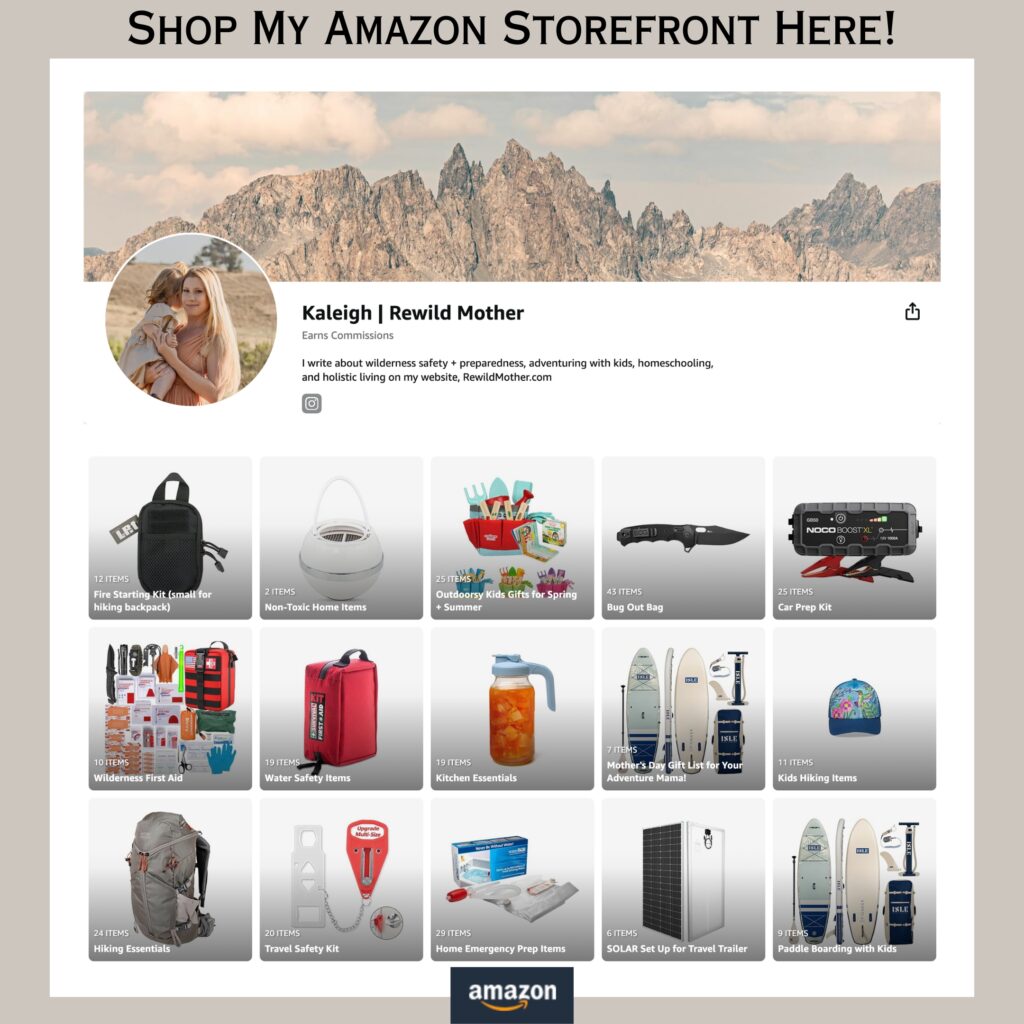
Sources:
https://www.rei.com/learn/expert-advice/hydrate
Rewild Mother is a participant in the Amazon Associates LLC program. Please assume that any/all links on this page are affiliate links. When my affiliate links are used, I do make a small commission at no extra cost to the customer. Thank you for using my links and directly supporting this mama-run small business!
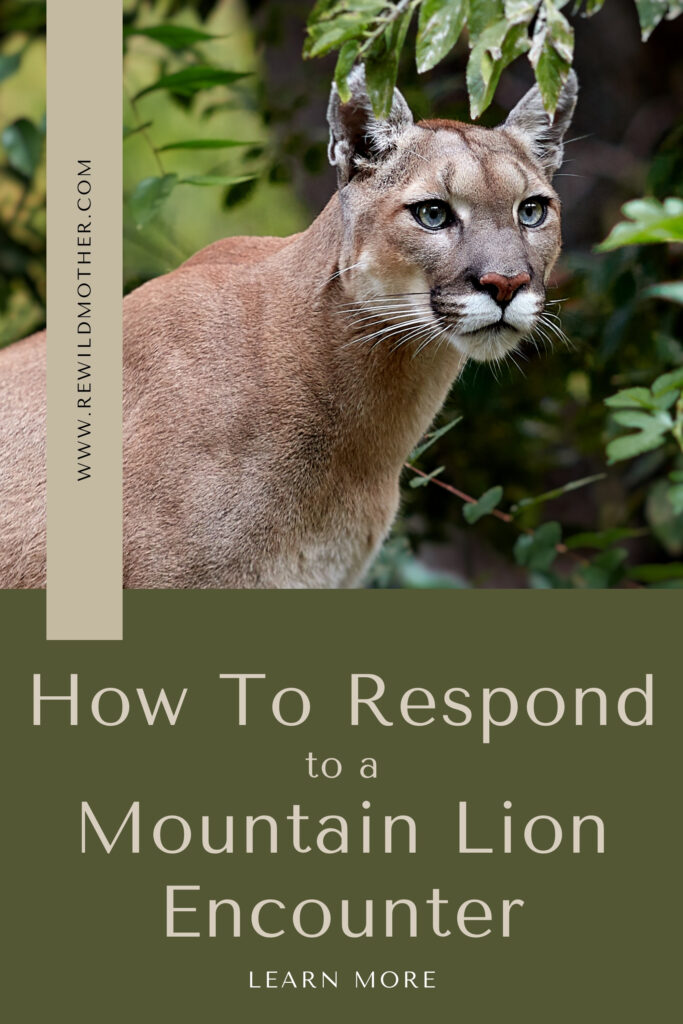
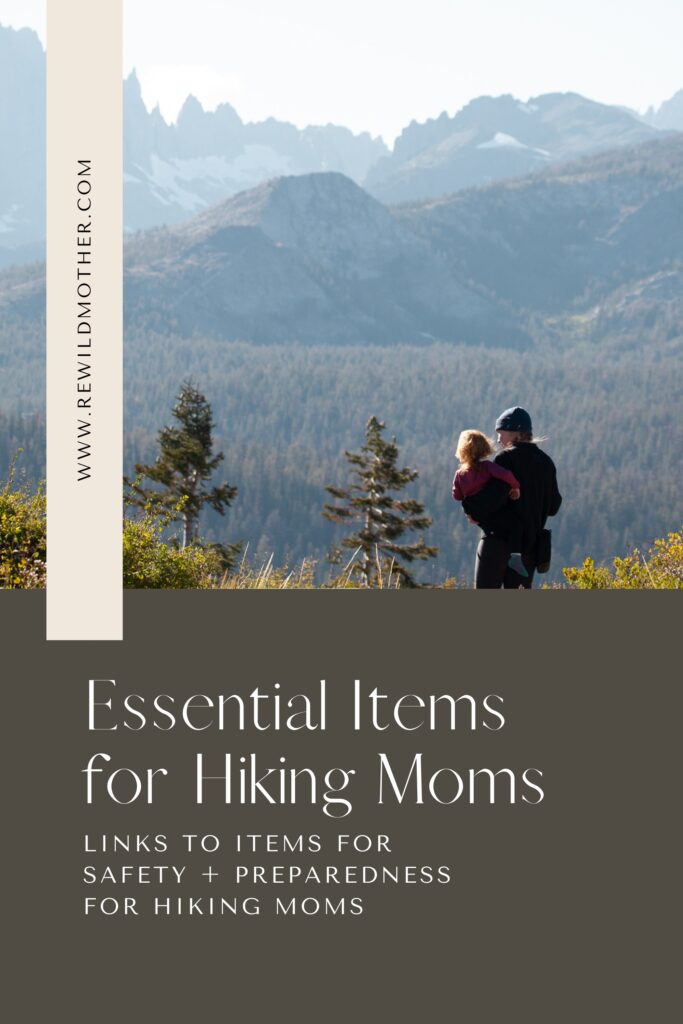

View comments
+ Leave a comment